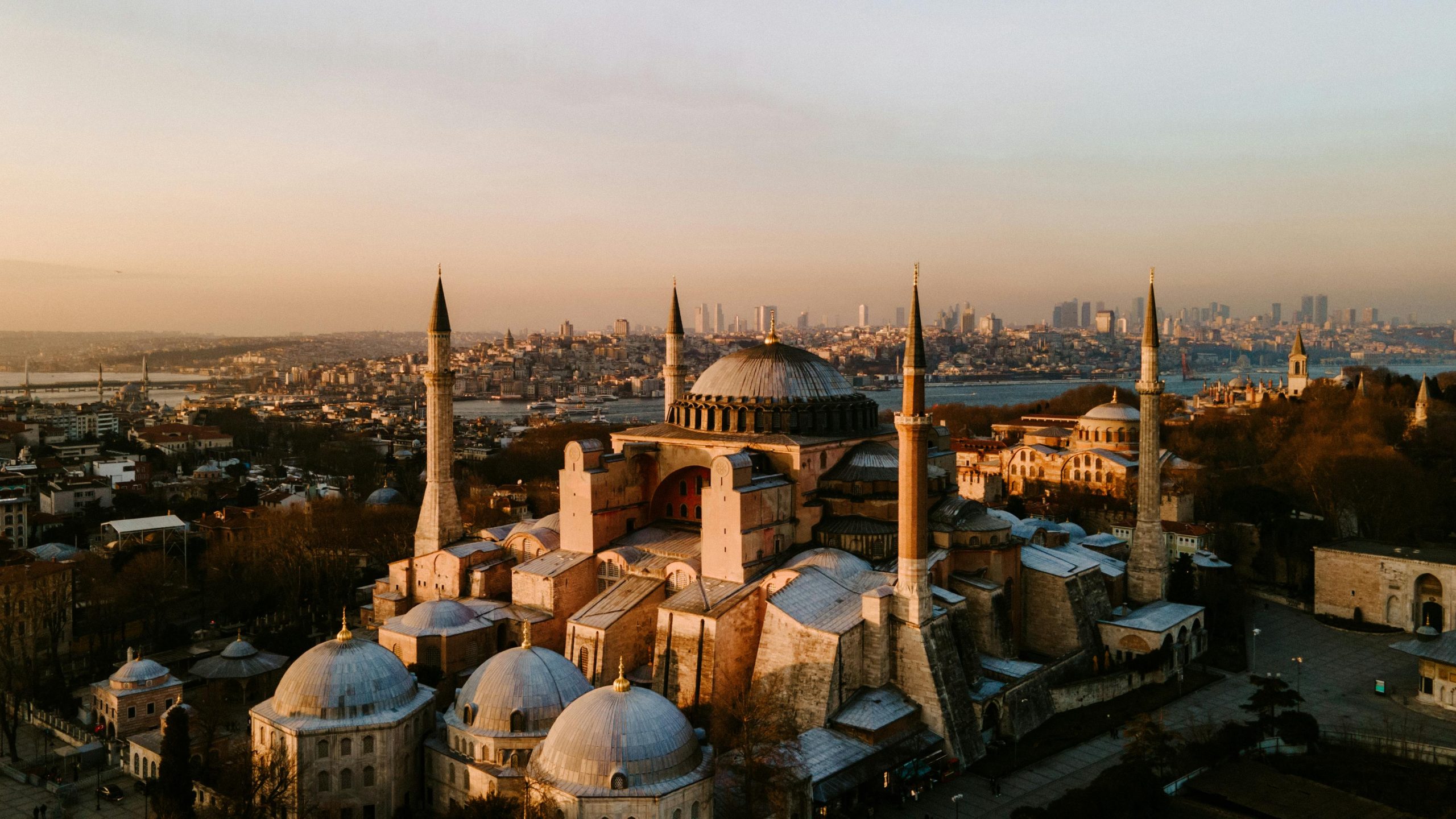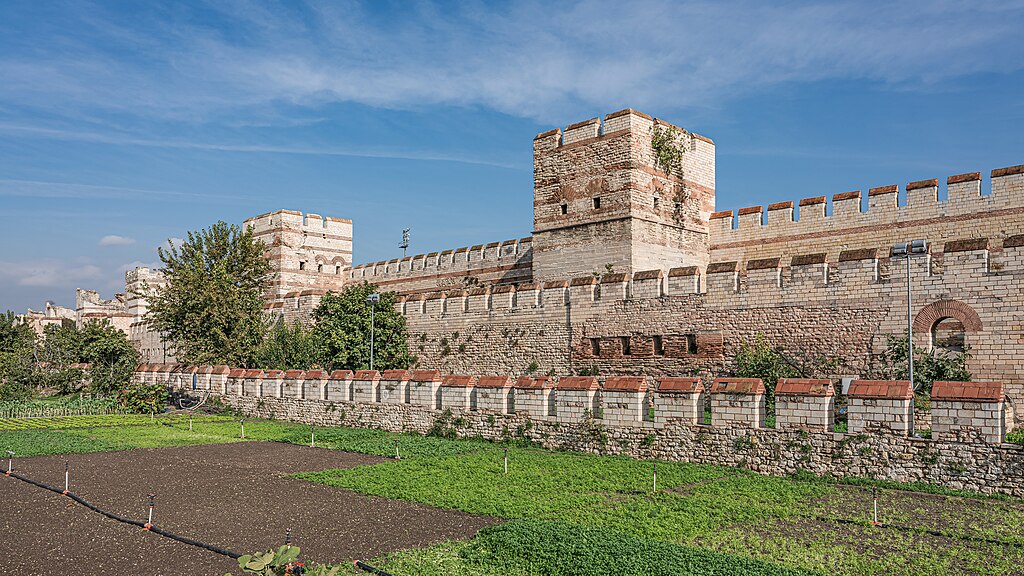Curacao: The Ultimate Travel Guide 2025

Resting in the southern Caribbean, Curaçao is a vibrant island known for its stunning beaches, colorful architecture, and rich cultural heritage. The capital, Willemstad, is a UNESCO World Heritage Site, boasting pastel-colored Dutch colonial buildings and lively waterfront promenades. Visitors can explore the famous Queen Emma Pontoon Bridge, stroll through the historic Punda and Otrobanda districts, or enjoy the island’s thriving arts scene.
Beyond its city charm, Curaçao offers breathtaking natural landscapes. The Christoffel National Park is a haven for hikers, featuring rugged terrain, diverse wildlife, and panoramic views from the island’s highest peak. The Shete Boka National Park showcases dramatic coastal scenery, with waves crashing against limestone cliffs and hidden sea caves waiting to be explored. Snorkeling and diving enthusiasts can discover the island’s crystal-clear waters, teeming with vibrant coral reefs and marine life.
Curaçao’s culinary scene and nightlife add to its allure. Local dishes like Keshi Yena, a stuffed cheese delicacy, and fresh seafood platters highlight the island’s diverse flavors. Beachside bars and restaurants in Jan Thiel Beach and Mambo Beach offer a mix of relaxation and entertainment, with live music and oceanfront dining. Whether exploring historic Willemstad, hiking through nature reserves, or indulging in local cuisine, Curaçao promises an unforgettable Caribbean escape.
Table of Contents
- History of Curacao
- Early Indigenous Settlements in Willemstad
- Spanish Colonization and Willemstad’s Transformation
- Dutch Rule and Willemstad’s Growth
- The Slave Trade and Cultural Influence in Willemstad
- Modern Willemstad and Economic Expansion
- Best Time to Visit Curacao
- Visiting Curacao in Winter
- Visiting Curacao in Spring
- Visiting Curacao in Summer
- Visiting Curacao in Autumn
- Food and Drink from Curacao
History of Curacao
Early Indigenous Settlements in Willemstad
Long before European explorers arrived, Willemstad and its surrounding areas were inhabited by the Caquetío people, part of the Arawak Indigenous group. Archaeological evidence suggests that these early settlers lived in small coastal villages, relying on fishing, hunting, and agriculture. They developed trade networks with neighboring islands and the mainland, shaping the island’s early cultural identity.
Spanish Colonization and Willemstad’s Transformation
In 1499, Spanish explorers, led by Alonso de Ojeda, landed on the island, marking the beginning of European influence in Willemstad. By 1515, the Spanish had enslaved most of the Indigenous population, sending them to work in Hispaniola. The Spanish introduced new crops, livestock, and architectural styles, but the island remained relatively undeveloped due to its lack of gold and other valuable resources.
Dutch Rule and Willemstad’s Growth
In 1634, the Dutch West India Company seized control of Willemstad, transforming it into a strategic trading hub. The city’s natural harbor, Schottegat, became a vital center for commerce, attracting merchants from Europe, Africa, and the Americas. The Dutch constructed Fort Amsterdam, solidifying their presence and establishing Willemstad as a thriving colonial settlement.
The Slave Trade and Cultural Influence in Willemstad
During the 17th and 18th centuries, Willemstad played a significant role in the transatlantic slave trade. Enslaved Africans were brought to the island, contributing to its labor force and shaping its cultural heritage. Over time, African traditions blended with European influences, leading to the development of Papiamentu, the island’s unique Creole language.
Modern Willemstad and Economic Expansion
By the 20th century, Willemstad had evolved into a bustling city, with industries such as oil refining and tourism driving economic growth. The dissolution of the Netherlands Antilles in 2010 granted the island greater autonomy, allowing Willemstad to further develop as a cultural and economic hub. Today, the city stands as a vibrant destination, reflecting its diverse historical influences and dynamic progress.
Best Time to Visit Curacao
Visiting Curacao in Winter
From December to April, Curacao enjoys its dry season, offering sunny skies and cool ocean breezes. This is the peak tourist period, ideal for beach lovers and outdoor adventurers. February brings the Curacao Carnival, a month-long celebration featuring parades, music, and dazzling costumes, making it one of the island’s most exciting events.
Visiting Curacao in Spring
Between May and June, Curacao transitions into its shoulder season, with warm temperatures and fewer crowds. This is a great time for budget-friendly travel, as hotel rates tend to drop. The island remains lively, with cultural events and relaxed beach days, making it perfect for a peaceful getaway.
Visiting Curacao in Summer (Best)
From July to September, Curacao experiences its best season for travelers seeking fewer crowds and vibrant local experiences. While this period sees occasional showers, the island remains outside the hurricane belt, ensuring mostly sunny days. September and October bring the Curacao North Sea Jazz Festival, attracting international artists and music lovers.
Visiting Curacao in Autumn
Between October and November, Curacao enters its low season, offering budget-friendly travel options and a quieter atmosphere. While humidity increases, the island’s beaches and cultural sites remain inviting. This season is perfect for exploring Willemstad’s colorful streets and enjoying local cuisine without peak-season crowds.
No matter the season, Curacao offers stunning beaches, lively festivals, and unforgettable experiences. Whether celebrating Carnival in winter or enjoying the North Sea Jazz Festival in summer, each time of year brings its own magic!
Food and Drink from Curacao
1. Keshi Yena
A beloved dish in Curaçao, Keshi Yena is a stuffed cheese delicacy made by filling a hollowed-out Edam or Gouda cheese with spiced meat, vegetables, and raisins. Baked until golden, this dish reflects the island’s Dutch and Caribbean influences.
2. Pastechi
A popular snack, Pastechi is a crescent-shaped pastry filled with cheese, beef, chicken, or tuna. These golden-brown treats are commonly enjoyed for breakfast and can be found at roadside snack bars and bakeries.
3. Arepa di Pampuna
A unique take on pancakes, Arepa di Pampuna is made with pumpkin, giving it a slightly sweet and fluffy texture. Often served with honey or syrup, it’s a delightful breakfast or dessert option.
4. Papaya Stobá
A surprising yet delicious dish, Papaya Stobá is a papaya stew cooked with salted meat and pigtail, balancing sweet and savory flavors. It’s a traditional meal that showcases Curaçao’s inventive use of local ingredients.
5. Funchi
A staple side dish, Funchi is Curaçao’s version of polenta, made from cornmeal and often served alongside seafood or stews. It’s simple yet satisfying, complementing many local dishes.
6. Bolo di Cashupete
A rich dessert, Bolo di Cashupete is a cashew nut cake soaked in rum and layered with caramelized nuts. This indulgent treat is often enjoyed during celebrations and special occasions.
7. Batido
A refreshing drink, Batido is a fruit smoothie made with mango, papaya, pineapple, or tamarind, blended with milk and sugar. It’s a perfect way to cool down in Curaçao’s warm climate.
8. Blue Curaçao
The island’s signature liqueur, Blue Curaçao is made from the Laraha orange, a bitter citrus fruit native to the island. This vibrant blue drink is used in cocktails worldwide, adding a tropical flair.
9. Awa di Coco
A natural refreshment, Awa di Coco is fresh coconut water served straight from the coconut. It’s a hydrating and tropical drink enjoyed across the island.
10. Ponche Crema
A creamy holiday drink, Ponche Crema is Curaçao’s version of eggnog, made with rum, condensed milk, eggs, and spices. It’s traditionally consumed during festive celebrations.









